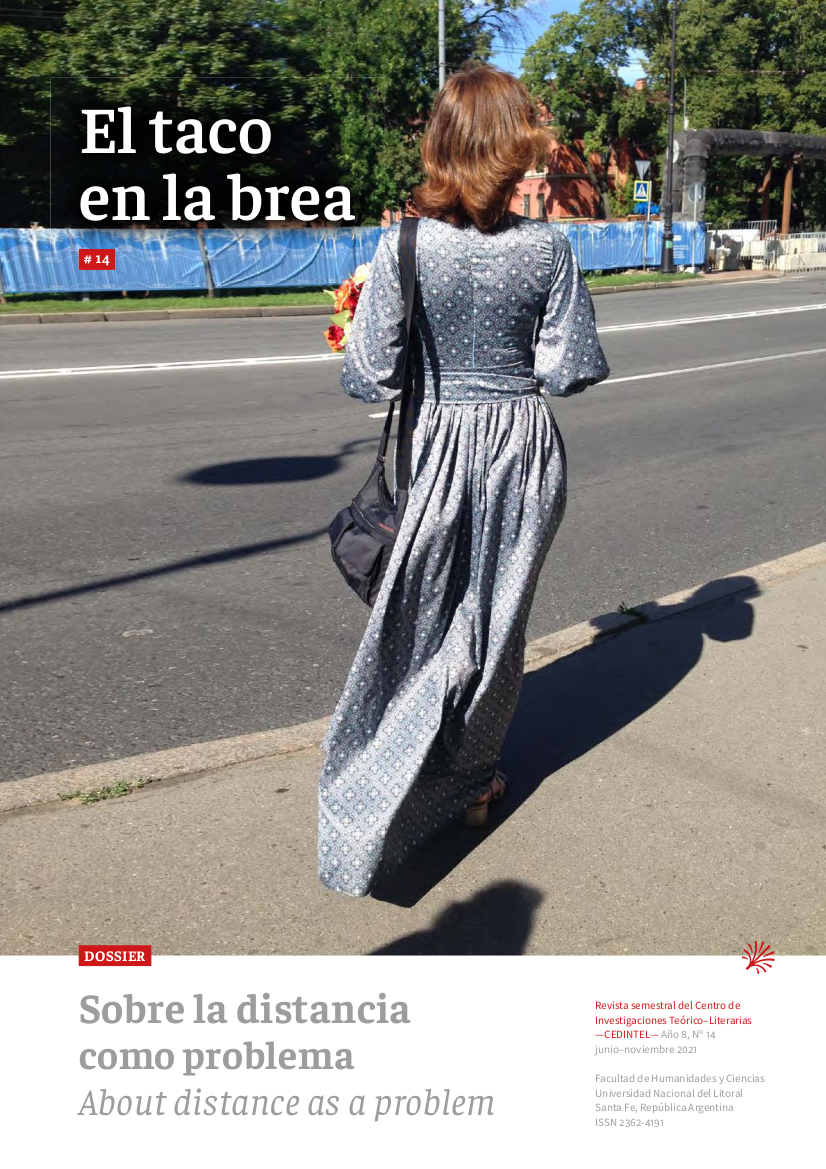The figure of the homeless as a figure of estrangement and marginalization.
An approach to Un horizonte de cemento by Bernardo Kordon
DOI:
https://doi.org/10.14409/tb.2021.14.e0051Keywords:
realist novel, Bernardo Kordon, Un horizonte de cemento, estrangement, homelessAbstract
In this paper, we will analyze the construction of the marginal subjectivity of the protagonist of the novel Un horizonte de cemento (1940), by Bernardo Kordon, who recounts his experiences in the Buenos Aires of the Infamous Decade. The linyera perceives the suspicious gaze of those who isolate him and lead him to live in solitude. At the same time, a language loaded with synesthesia frames an experience marked by loss (Didi-Huberman, 2017) and the need to survive. During his tour, Tolosa perceives different sensations that mark a departure from what he needs. So, distancing (Shklovski, 2016) also operates through the singularization of certain elements of daily life detailed as if they were experienced for the first time to increase the duration of perception; that is, the estrangement, derived from certain narrative procedures, that goes beyond appearances to understand the reality represented in a more profound way (Ginzburg, 2000). Finally, we will observe that the vagabond is not ashamed of his condition, but rather indicates a distance with respect to «common people» and those lumpenes protagonists (Sebreli, 2003) of other realistic novels that presented them from the outside, as exotic or strange objects.





















